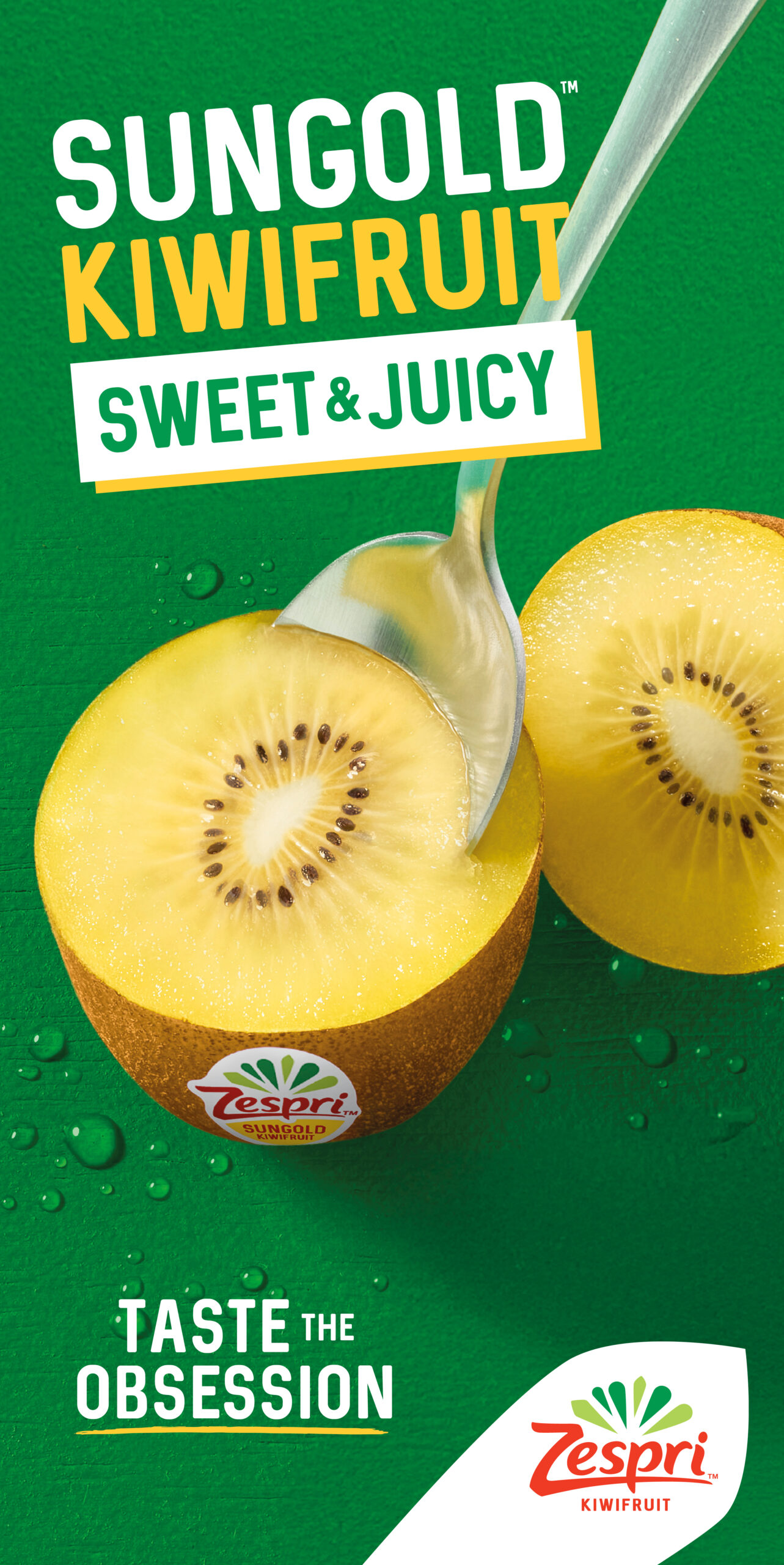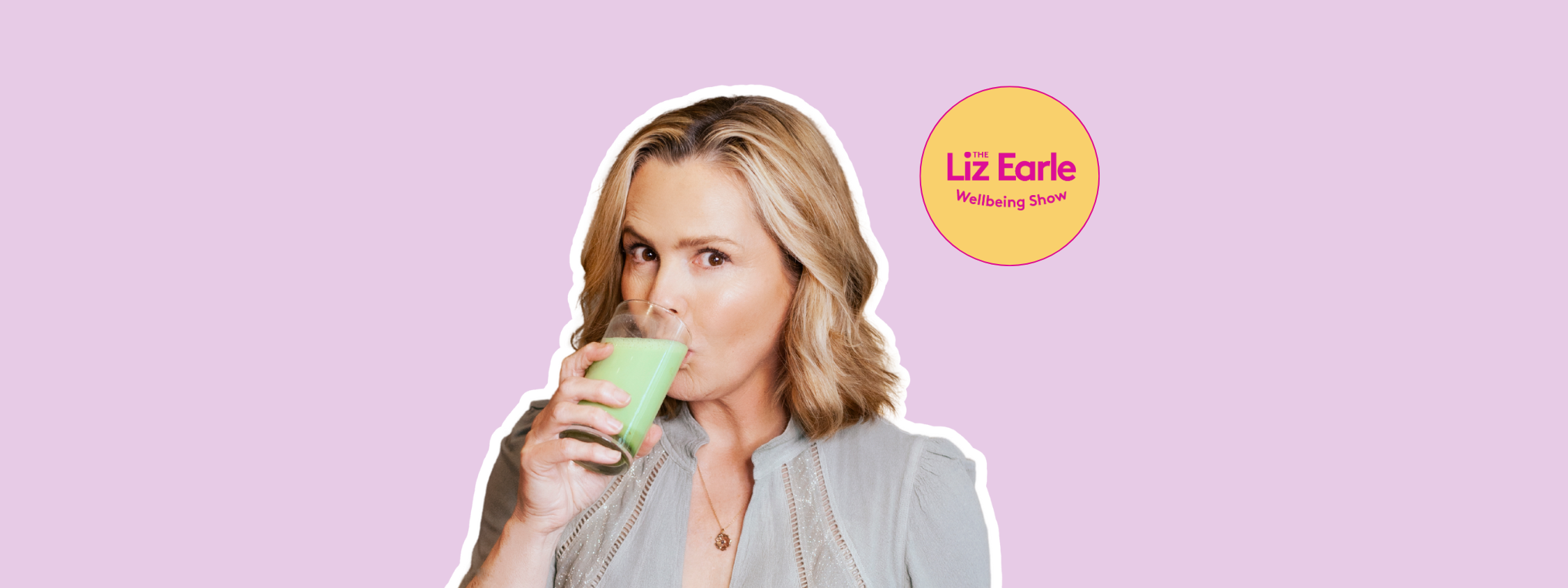Teeth whitening tips for a brighter smile

Looking for teeth whitening tips? A beautiful smile works wonders for our self confidence and can also be a good indicator of our oral health. Discoloured teeth can often be sign that plaque, which is a layer of bacterial build up, and tartar (hardened, calcified plaque) are building up on your teeth.
But these aren’t the only things that can affect the colour of our teeth. Our diet and self-care also play a huge part in maintaining a whiter, brighter smile and preventing extrinsic stains, ones that appear on the outside of the tooth.
Our teeth turn yellow because of colour pigments in food called chromogens. These attach to the surface of your teeth, and start to cause stains when they build up. We speak to Dr Maria Papavergos, a dentist who champions an ethos of preventative dental care, for her best teeth whitening tips.
Pay attention to what you’re eating
What we eat and drink is one of the biggest factors in keeping our teeth bright. For example, as much as many of us enjoy a glass of red wine in the evening, unfortunately it’s very high in tannins.
“Tannins increase the staining potential of our teeth,” says Maria. This is due to the fact that they make the chromogens more “sticky”. Hot drinks are also offenders here – surprisingly tea can be even higher in tannins than coffee.
Maria suggests taking milk in your tea and coffee. “The proteins in milk can bind to the tannins,” she says, this can prevent some of the staining. Swapping some of your black teas for herbal infusions is also great for whiteness as they’re much gentler on the teeth.
Like our guts, our mouth also has a microbiome. “Supporting your oral good bacteria goes hand in hand with having naturally white teeth”, says Maria. “Foods that are rich in calcium and phosphorus are super supportive of creating healthy tooth enamel too.”
Drinking milk based kefir is a great, non-staining way to introduce good bacteria into your mouth, which can fight plaque build up. Make sure you’re including dairy and plenty of leafy green veg in your diet too.
Reduce acidity in your diet
Many of the drinks that we enjoy can actually be harmful to our teeth due to acid levels. Be mindful of secretly acidic drinks, such as smoothies and juices, that contain free sugars. Even sugar-free carbonated drinks contain acid too.
“Acid has a wearing and erosive effect on our teeth,” Maria says. This makes them much more likely to stain and reveals the yellow dentine below.
Citrus can be extremely acidic. Swap your hot water and lemon for ginger instead. This is less harmful for your enamel and can also work as an anti-inflammatory. You can also try drinking cold drinks through a paper straw to limit the damage caused by acidic drinks.
Stay hydrated
Drinking plenty of water is as good for your teeth as it is your body. “A dry mouth is likely to be a staining mouth,” Maria says. This is due to your mouth being low in saliva and not washing away the chromogens as effectively, encouraging them to accumulate on your teeth. You need plenty of natural fluids to stimulate saliva production, which in turn does a great job of balancing the microbiome and keeping the mouth healthy.
Fibrous foods can also stimulate saliva production as they often require chewing. Unlike starchy carbs that can stick to your teeth, fruit and vegetables with plenty of fibre can even work to polish the tooth’s surface while keeping them hydrated. “It cleanses your teeth surfaces as you eat!” Maria says.
Water also works after a meal to wash away some of the chromogens in your mouth. Have you ever been on holiday where a cafe will serve a glass of water with your coffee? This is a great way to limit the damage by washing away the tannins.
Cut down on sugar
“Sugar is the dental enemy,” says Maria, and some sugars are worse than others. Free sugars (the ones found in fruit juices after the fibre has been broken down) and processed sugars are especially damaging for our teeth. They upset the biome balance in our mouths and feed the bad bacteria.
Watch out for free sugars that may be hidden, such as those in ketchup, and even natural sources like honey. Enjoy in moderation to avoid damage to your teeth.
Clean your mouth regularly
It goes without saying, but a thorough and consistent cleaning routine for your mouth is paramount to teeth whitening.
“Having a good oral hygiene regime to avoid plaque build up is really important,” says Maria. Once your enamel has been damaged, there isn’t an easy way to replace it. Look after what you have left by remineralising it with a fluoride toothpaste. This toothpaste by Regenerate uses innovative technology to regenerate your enamel and restore the natural whiteness of your teeth. Brushing morning and night, as well as interdental cleaning every day is a good place to start.
Maria also suggests tongue scraping. “This shifts the bacterial load that has built up on your tongue,” she says. “It’s conducive to a more balanced microbiome.”
Be wary of active ingredients like baking soda and activated charcoal. There’s little evidence of their success and the products can often be abrasive, damaging the enamel on your teeth. Make sure you wait 30 minutes after eating to brush your teeth too, as the process temporarily weakens your enamel making it more vulnerable when you brush.
We love this Toothwave toothbrush from Silk’n that uses cutting edge technology to remove plaque and staining. The DentalRFâ„¢ technology sends mild radio frequency waves that destabilises the bonds between your teeth and impurities before the soft bristle gently sweep them away for a deep, long lasting clean.
In addition to brushing and flossing, Maria also recommends introducing a gentle mouthwash with fluoride to access all the hard to reach areas and to rinse away chromogens. You could also try using a tongue cleaner to get rid of the bad bacteria that upsets the oral microbiome.
The key to healthy, white teeth is simple. Keep teeth clean and spare your mouth from acidic and sugary foods that can upset the delicate balance and wear away your enamel.




